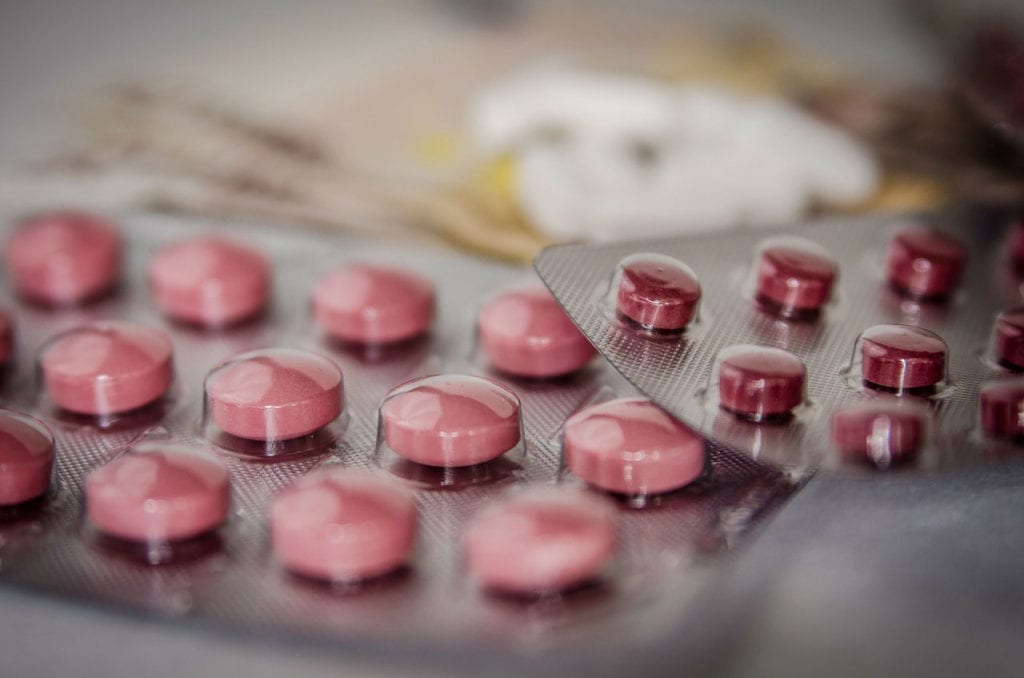According to a story from Forbes, a new drug developed by the company Regeneron has the potential to make a real difference for people with the homozygous form of familial hypercholesterolemia. This type is much rarer than the more widespread heterozygous variant, and it is also much more difficult to treat. The drug, called evinacumab, has proved itself in clinical trials and is probably well on its way to approval. However, one big, daunting question remains: how much will it cost?
About Familial Hypercholesterolemia
Familial hypercholesterolemia is a condition of elevated, abnormally high levels of LDL cholesterol that is caused by a hereditary genetic mutation. The mutation that causes the condition affects the LDLR gene which normally codes for a protein that removes LDL from the bloodstream. The primary symptoms are elevated LDL cholesterol, deposits of cholesterol in certain areas of the body (eyelids, iris, and tendons of the arms and legs), and early onset cardiovascular issues, such as coronary artery disease, strokes, heart attack, and atherosclerosis. While once considered rare, it is likely that many people with the condition live undiagnosed. Treatment may include statins or other medications, liver transplant, or other surgical operations. The true prevalence of family hypercholesterolemia remains unknown. To learn more about familial hypercholesterolemia, click here.
New Therapies Needed for the Homozygous Form
The treatment of homozygous familial hypercholesterolemia has always been difficult. These patients have little to no LDL receptors in the liver, meaning that very little LDL is filtered from the blood; as a result, narrowing and clogging of arteries can start before the patient is even born. Statins are also completely ineffective; treatment includes a process called LDL apheresis, in which a machine filters out excess LDL. Some other drugs are also used, but ultimately these patients have a significantly reduced life expectancy.
However, evinacumab has the potential to greatly improve the situation for these patients. In trials, the drug was able to reduce LDL by 47 percent, and 47 percent of patients were able to see their LDL drop below the recommended concentration of 100mg/dL.
Cost: The Big Question
This all sounds like great news, but the company has yet to announce a price for the drug. Anyone who has been reading much on our site will know that rare disease drugs are often priced extremely highly, and considering that the evinacumab program has been practically two decades in the making, it is undeniable that the company has invested heavily in this drug.
Considering the fact that the drug could render apheresis and other approaches obsolete, the company could easily price the drug at well over $100,000 per year. Even if all patients in the US (estimated to be around 1,300) got the drug, investors may not be impressed by the revenue stream. Ultimately, the company is going to have to strike a delicate balancing act between generating sufficient revenue and keeping prices at a level that is within reach for patients and their insurers.





